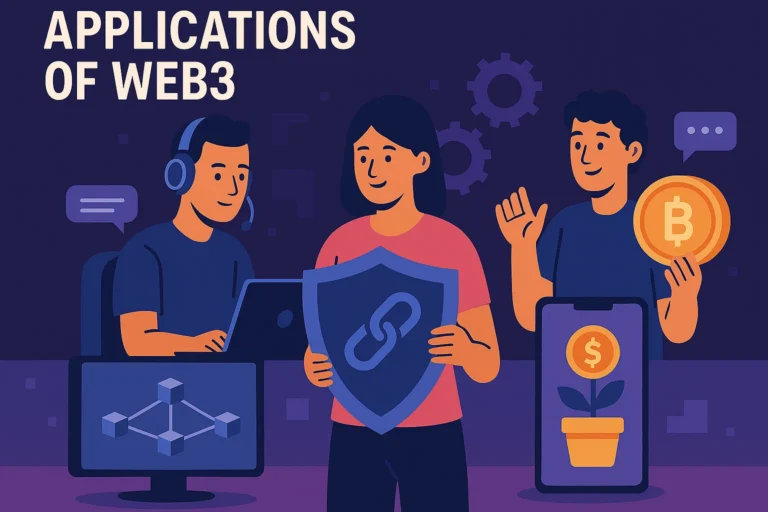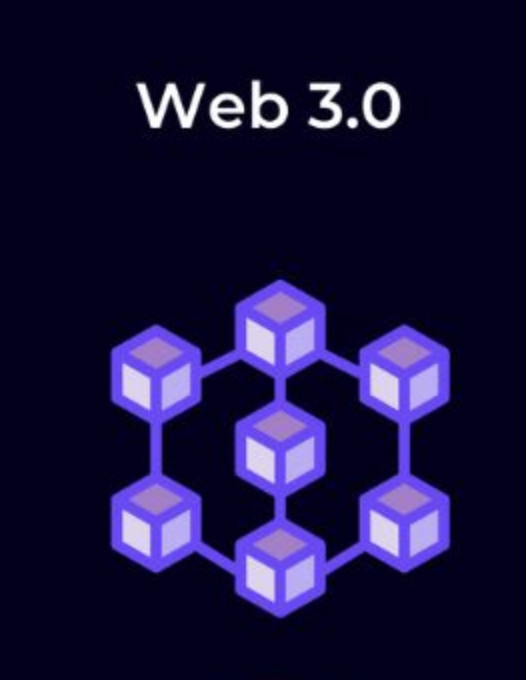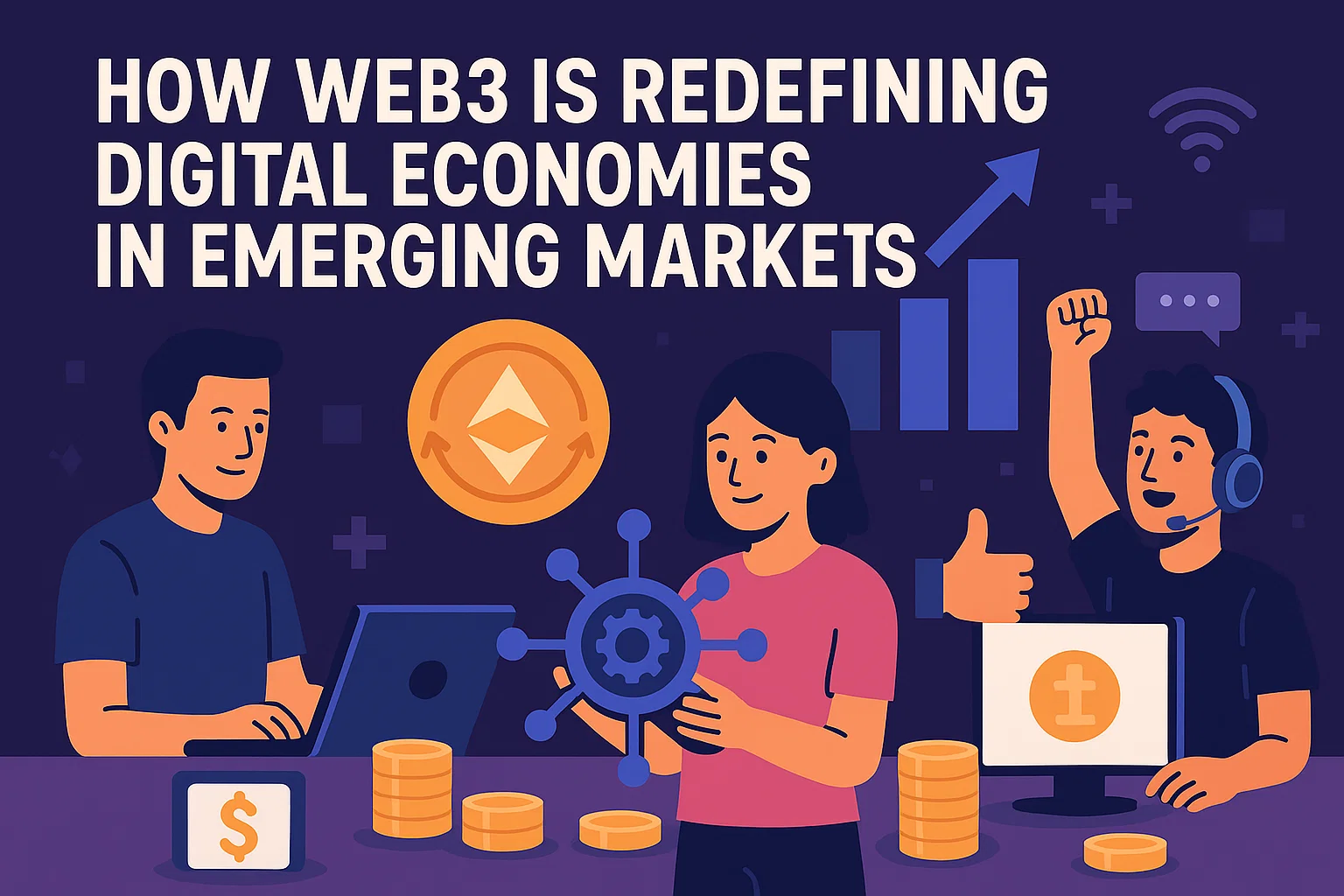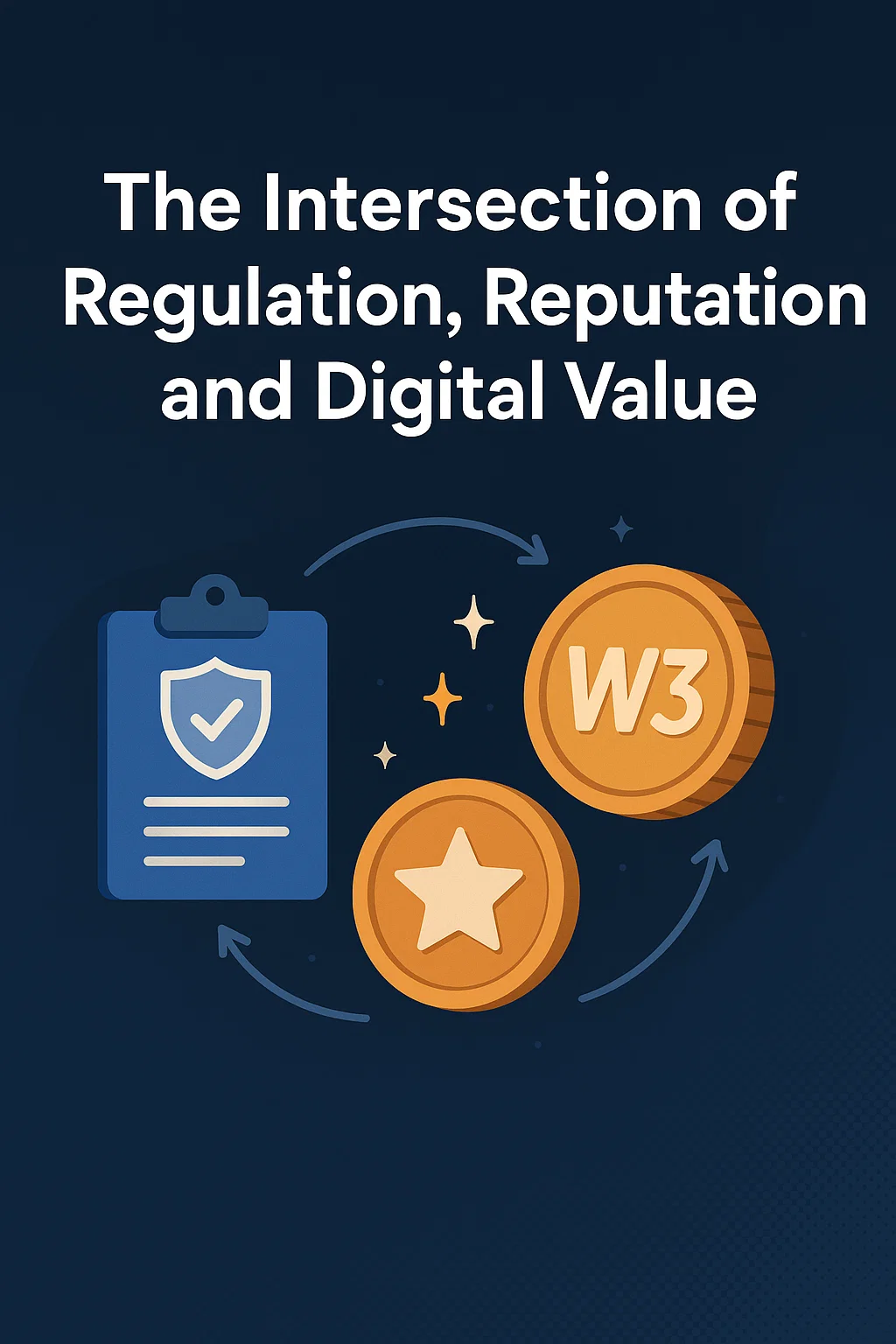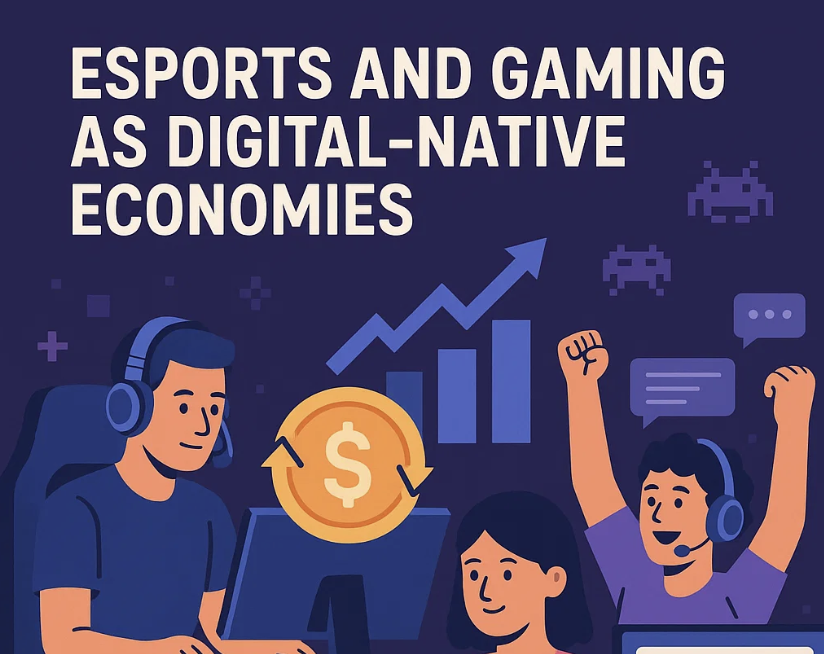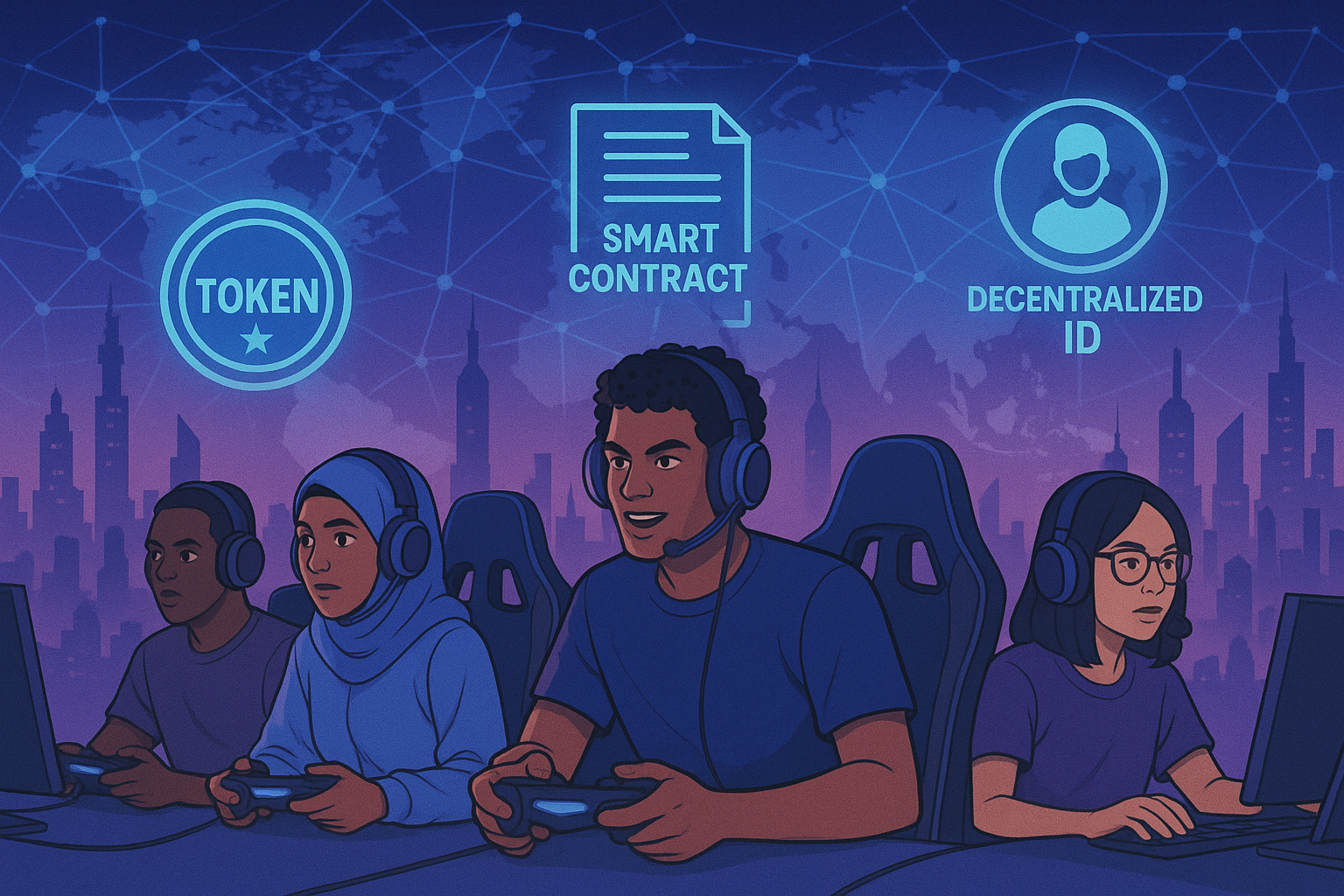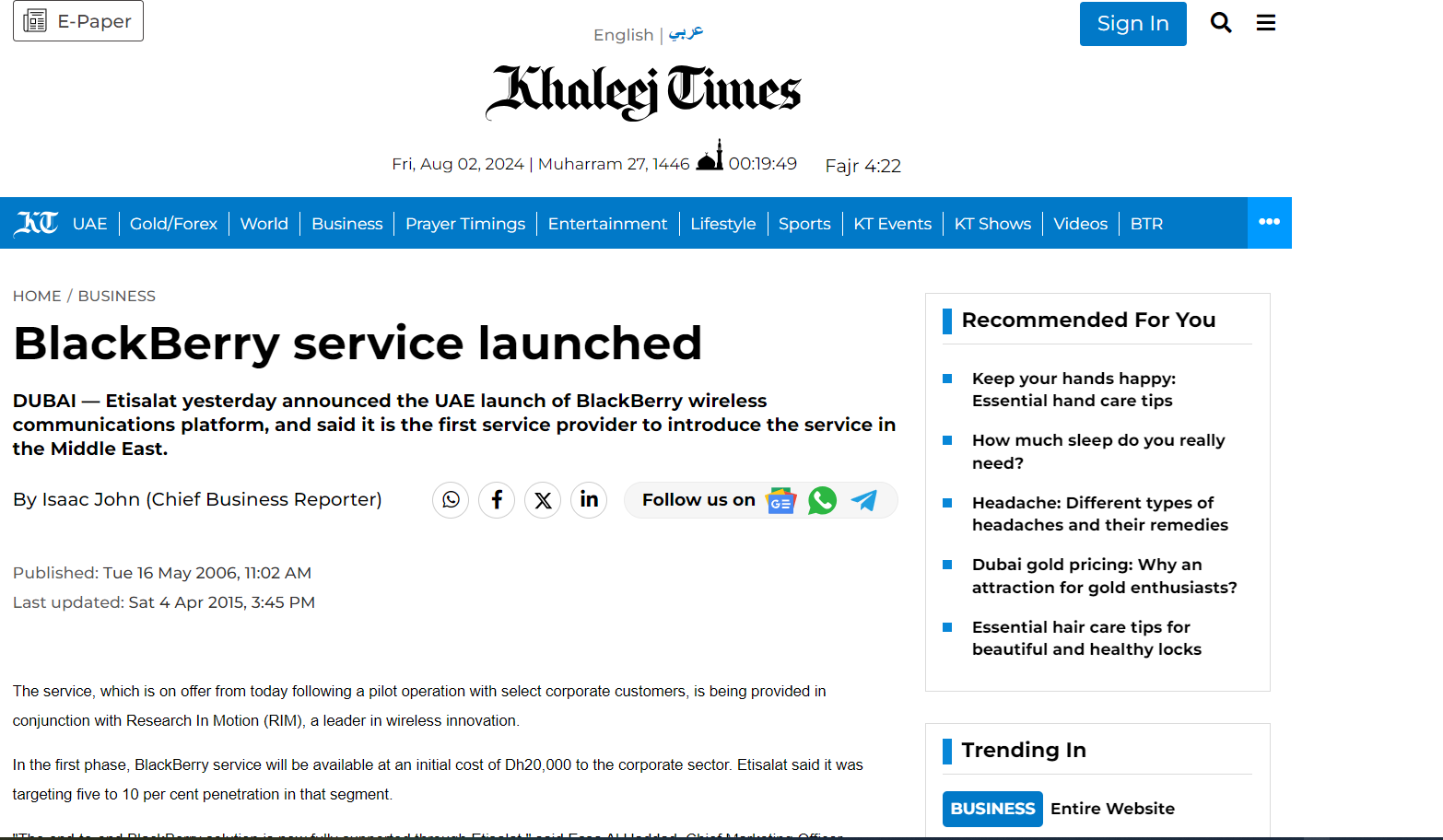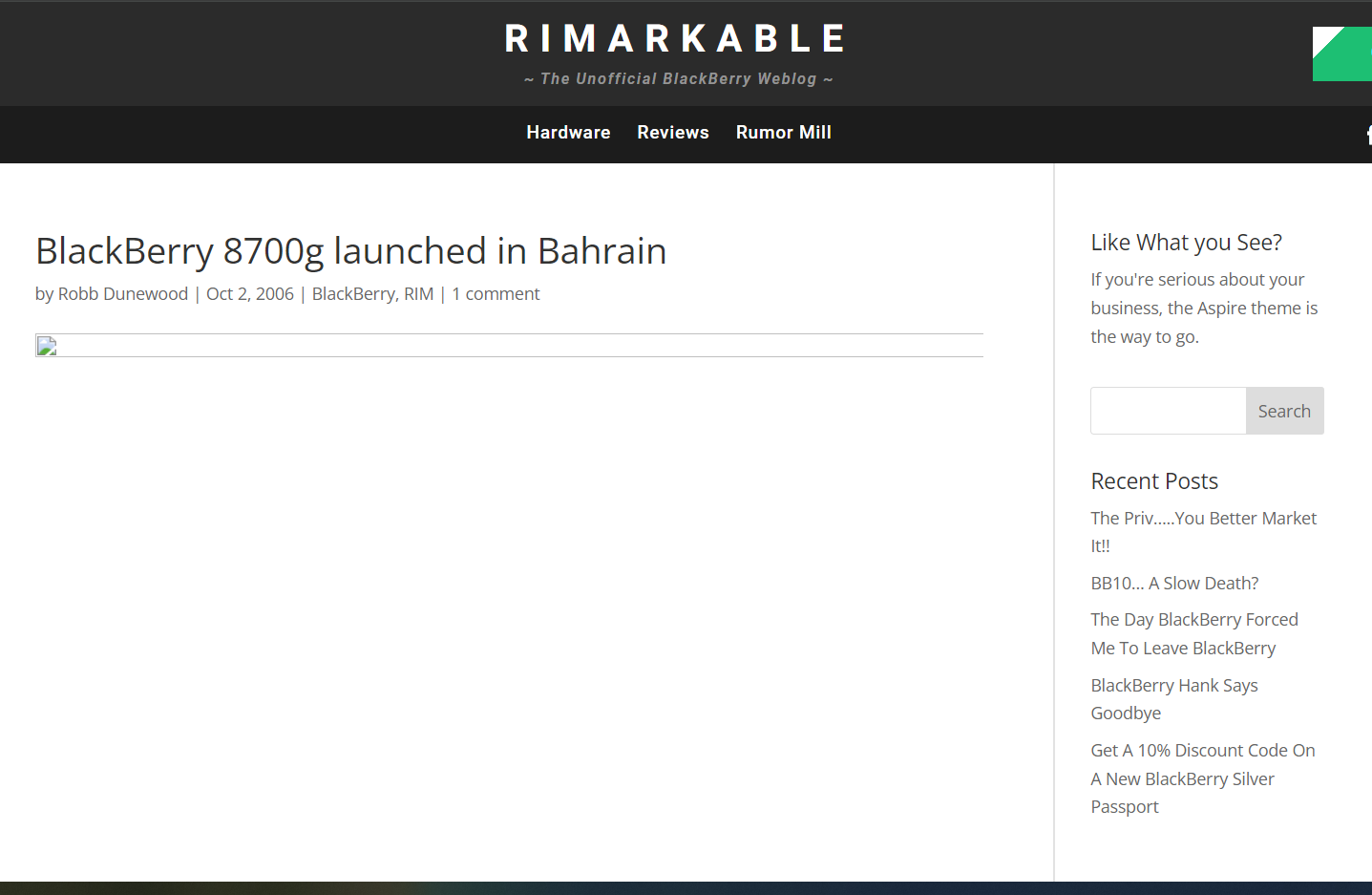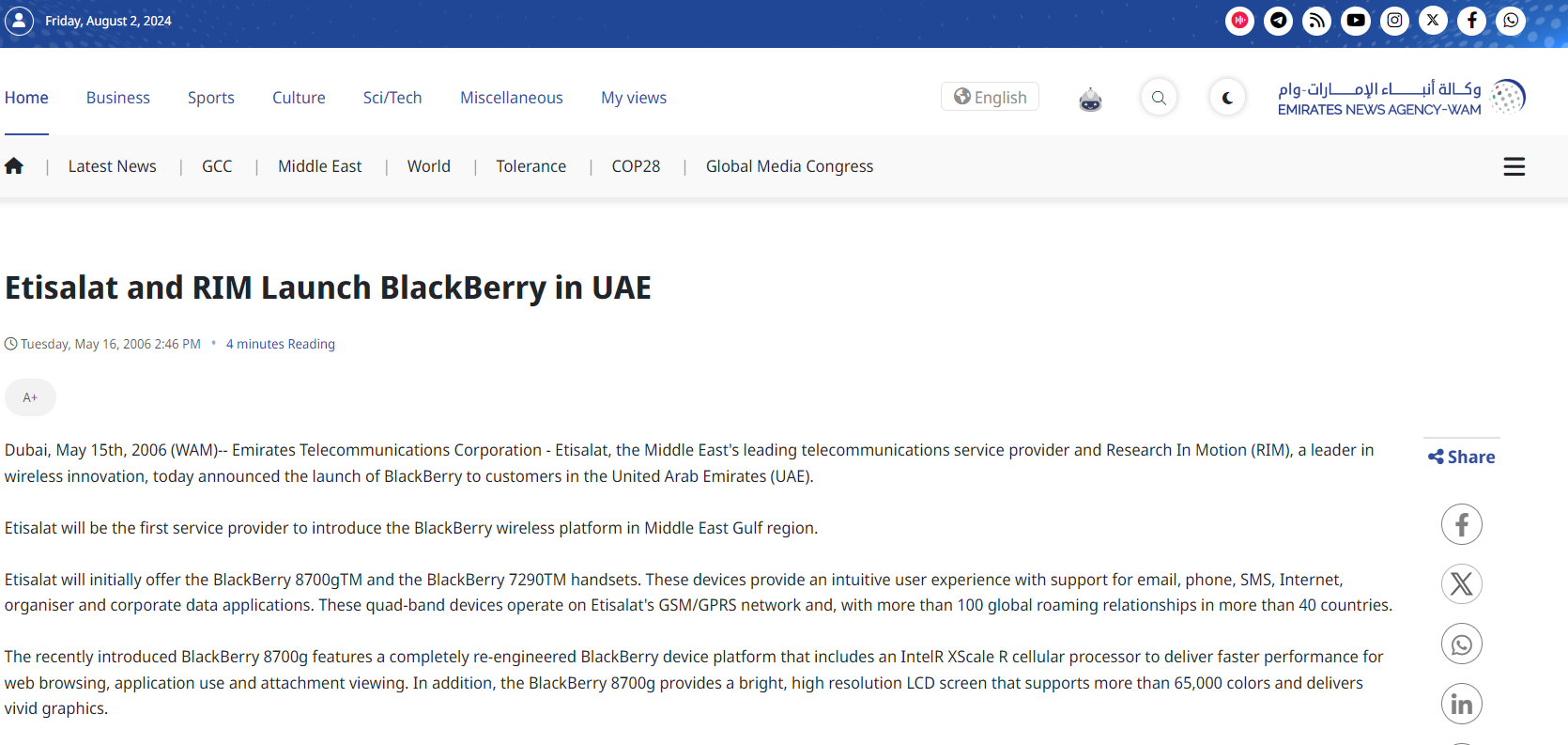Web3’s promise extends far beyond token price charts. From decentralized identity to supply‑chain provenance, real‑world use cases are quietly moving from pilots to production.
Identity & Credentials – Wallet‑based IDs let users prove attributes (age, accreditation, membership) without revealing personal data.
Supply Chain – NFTs track a product’s journey from raw materials to retail shelves, boosting transparency and anti‑counterfeit efforts.
Real Estate – Tokenized property shares streamline fractional ownership and secondary‑market liquidity.
Energy Markets – Smart contracts settle peer‑to‑peer power trades and reward renewable generation.
Each example replaces manual reconciliation with programmable trust, cutting costs while opening new revenue models. As infrastructure matures—scalable L2s, compliant on‑ramps, and intuitive wallets—Web3 will feel less like financ
Decentralized Identity
Self‑sovereign identity (SSI) replaces siloed logins with wallet‑based credentials. Projects like ENS, Lens Protocol, and Worldcoin allow users to control their data and selectively disclose attributes. Enterprises benefit by reducing KYC costs and liability; users gain privacy and portability.
How It Works
- Credential Issuance – Universities, employers, or governments sign verifiable credentials (VCs) to a user’s wallet.
- Selective Disclosure – Zero‑knowledge proofs let users verify age or accreditation without revealing full documents.
- Revocation & Expiry – Credentials can be revoked or set to expire, ensuring data remains current.
Supply Chain Provenance
From coffee beans to luxury handbags, NFTs track a product’s journey. IBM and Maersk’s TradeLens pilot showed a 40% reduction in paperwork. Startups like Everledger secure diamond provenance, reducing fraud in a $80B market. Tokenized certificates cut reconciliation time and enable real‑time recalls when contamination occurs.
Real Estate Tokenization
Platforms such as RealT and Brickken fractionalize property, lowering entry barriers and unlocking global liquidity. Smart contracts automate rent distribution, while secondary markets let investors exit positions without costly escrow. Regulatory sandboxes in Switzerland and the UAE have already approved tokenized REITs, signaling mainstream acceptance.
Renewable Energy Markets
Peer‑to‑peer energy trading pilots in Australia and Germany use blockchain to settle microtransactions between rooftop solar owners and neighbors. Powerledger’s platform recorded over 50,000 transactions per day with sub‑cent fees. Tokenized carbon credits (Toucan, KlimaDAO) add transparency to offset markets plagued by double counting.
Healthcare Data Exchange
HIPAA‑compliant networks like Oasis and Medicalchain encrypt patient records and grant time‑bound access keys to doctors or researchers. This model could save the U.S. healthcare system up to $4B annually in administrative overhead, according to a 2024 Deloitte study.
Public Sector & Governance
Several municipalities in Latin America pilot blockchain land registries to combat fraud. Estonia’s e‑Residency program leverages KSI blockchain to secure 99% of public services online. In 2023, Buenos Aires began issuing birth certificates as verifiable credentials, streamlining visa applications.
Challenges & Road Ahead
- Scalability – While Layer‑2s reduce fees, mass adoption will require seamless cross‑rollup interoperability.
- Regulation – Global harmonization is slow; projects must navigate a patchwork of securities, tax, and data‑privacy laws.
- UX Complexity – Account abstraction, social recovery, and gasless transactions are key to onboarding non‑crypto users.
Conclusion
The next decade of Web3 will be defined not by speculative mania but by invisible infrastructure that makes everyday processes cheaper, faster, and more transparent. From powering smart grids to securing medical records, tokenized ystems are moving from proof of concept to production, delivering tangible value that outlasts market cycles.e and more like the internet: an invisible layer that “just works.”

